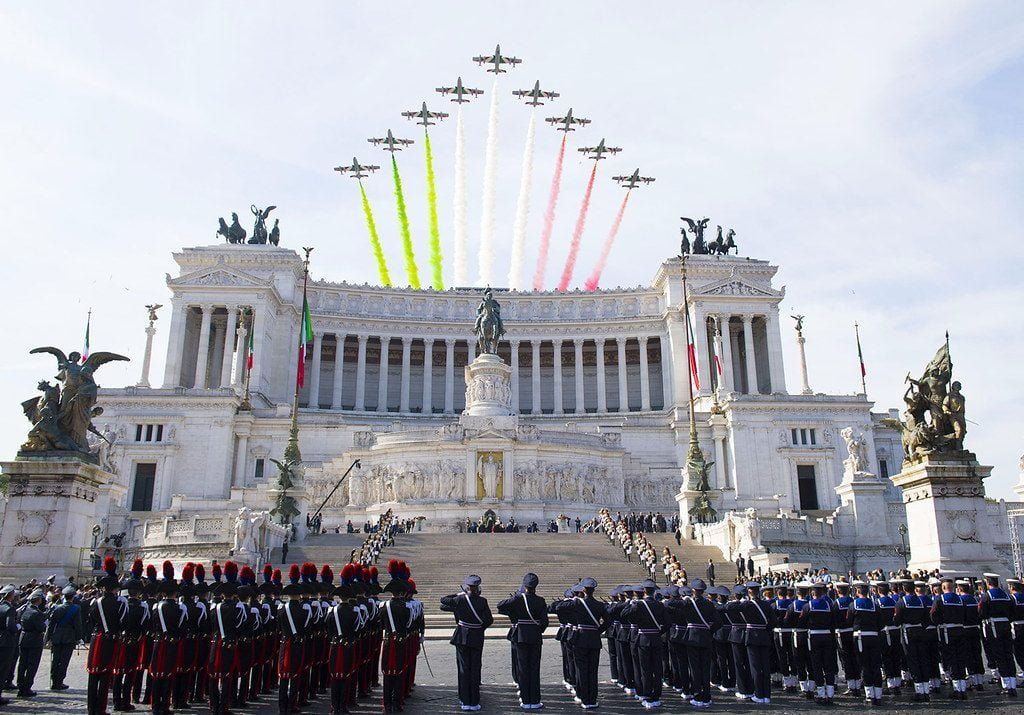Italy’s Republic Day, known as La Festa della Repubblica in Italian, is a national holiday celebrated every year on June 2nd. This day commemorates the referendum held in 1946 in which the Italian people were called to decide what form of government (monarchy or republic) to give to the country after World War II and the fall of Fascism.

History
After the fall of Benito Mussolini’s fascist regime and the end of World War II, Italy was in a state of turmoil. The monarchy, which had been in place for over 85 years, was discredited due to its support for Mussolini. A referendum was held on June 2nd, 1946, and the majority of Italians voted in favor of a republic. The monarchy was abolished, and the male descendants of the House of Savoy were sent into exile. This marked the birth of the Italian Republic.
Here’s how historian Paul Ginsborg described this significant moment in Italian history in his book A History of Contemporary Italy:
On 2 June 1946 the Italians finally held their first free general elections for over 20 years. The voters were asked to perform a double duty—to decide by referendum between the monarchy and a republic, and to elect their representatives to the Constituent Assembly. It was a historic occasion, not only for the importance of the issues at stake, but for the fact that women voted for the first time in Italian history.
Less than a month before the referendum, VIctor Emmanuel III, in a last-ditch attempt to save his dynasty, had abdicated in favor of his son Umberto. But the prospect of a new king was not enough to cancel the memory of the monarchy’s involvement with Fascism or the ignominious flight from Rome on 8 September 1943 [a prelude to Nazi occupation and, a month later, the deportation of Rome’s Jews]. By 12,717,923 votes (54.2 percent) to 10,719,284 (45.8 percent), Italy voted in favor of becoming a republic.
A History of Contemporary Italy: Society and Politics 1943-1988
Celebrations
Republic Day is a significant event in Italy. It’s a day of national pride, marked by a variety of events throughout the country. The main celebration takes place in Rome, with the President of the Republic laying a wreath on the Tomb of the Unknown Soldier at the Altare della Patria (Altar of the Fatherland). Following this is a grand military parade, attended by high-ranking state officials and foreign diplomats.
For many people, the highlight of the celebration is the flight of the Frecce Tricolori. The Italian Air Force’s aerobatic display team, the Frecce On Republic Day, the Frecce pilots fly in formation over the Vittoriano just as the solemn wreath-laying ceremony ends, thus providing a loud and colorful end to the day’s formal ceremonies. After the pilots make the first pass over the Vittoriano, they turn around and zoom back in the other direction.
Republic Day is a public holiday in Italy, which means that schools and public offices are closed. Many private businesses also shut their doors or limit their hours to celebrate. Most Italians spend the day with family and friends, enjoying the early summer weather—especially at the beach.
Conclusion
Italy’s Republic Day is more than just a public holiday. It’s a day to remember the country’s turbulent past and celebrate its resilience and stature as a democratic republic.
Read next: Resistance and Remembrance: The Importance of Liberation Day in Italy

